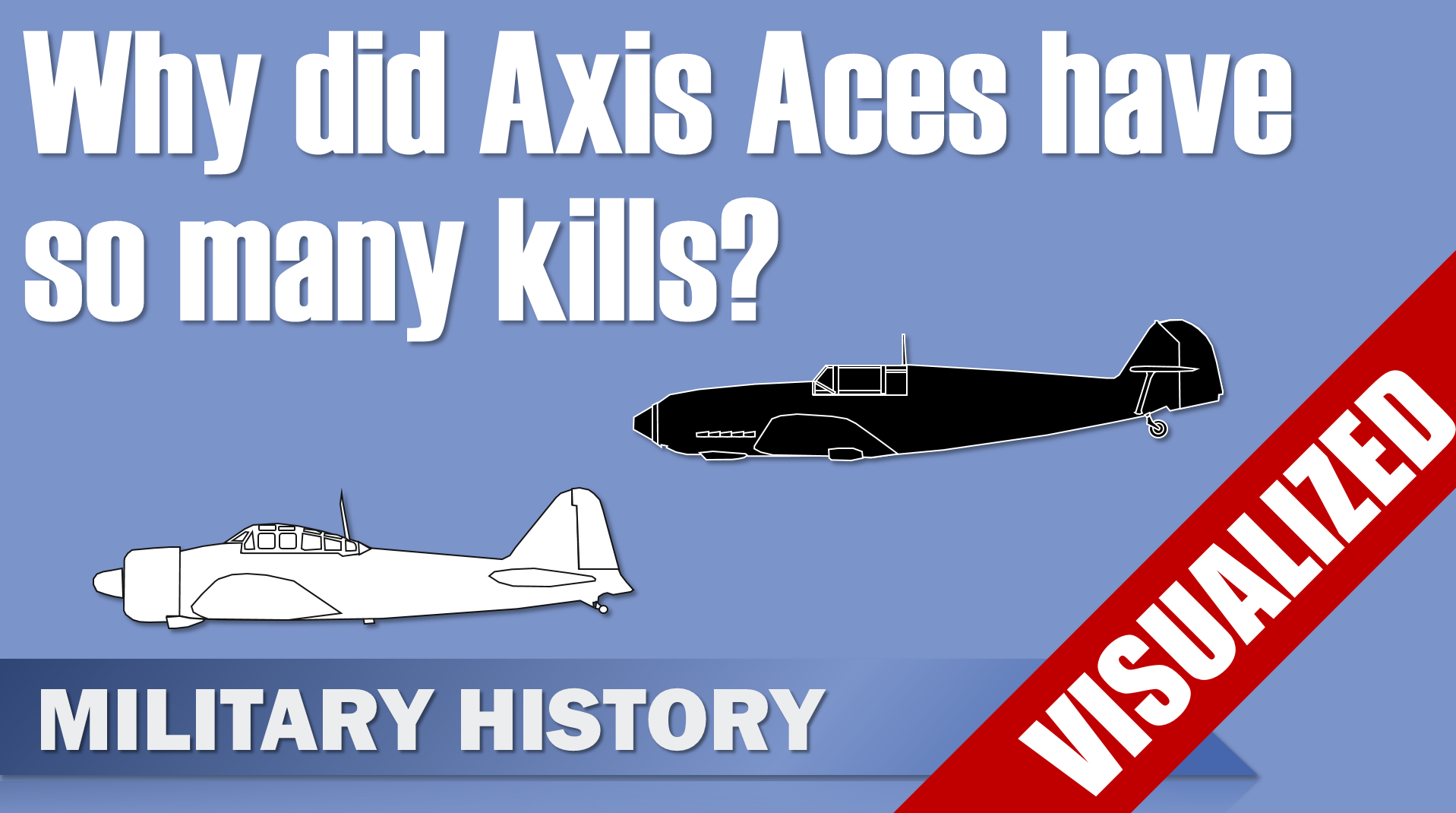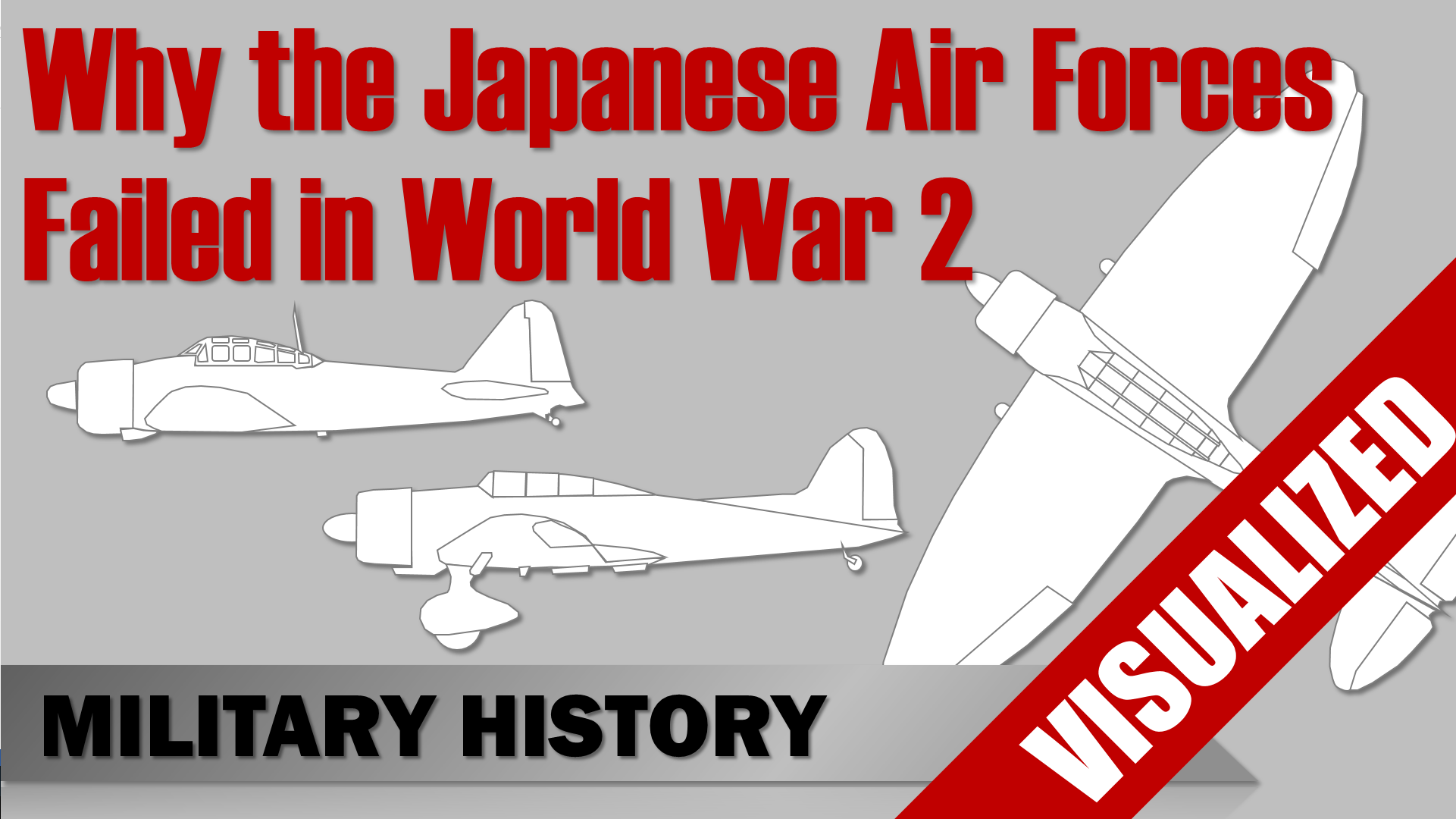Intro
The Battle of Bulge was the last major German offensive operation in World War 2. Yet, it caught the Western Allies by surprise. How was this possible? After all, the Allied military intelligence throughout the war was for the most part very good or even excellent. There were major successes for longer operations like the Battle of the Atlantic or rather short engagements like the Battle of Midway.
What were the reason for this? Did the Germans suddenly became sneaky or did the Allies become complacent of their victories? So, let’s find out and take a closer look.
The Allied “Mood” prior to the Attack
After the successful landings of the Western Allies at the Normandy beaches in June 1944, the Wehrmacht was defeated in almost all major operations, except the operations Market and Garden. In general, the Allied troops were advancing, whereas the Germans were retreating. The basic attitude of the Allied commanders is probably well expressed by the following situation: One day prior to the attack the British Field Marshal Montgomery asked General Eisenhower, if he can spend Christmas back in England, Eisenhower agreed. Additionally, Montgonomery reported:
“There is nothing to report on my front or the front of the American Armies on my right. I do not propose to send any more evening situation reports till the war becomes more exciting.” ( Das Deutsche Reich und der Zweite Weltkrieg. Band 7, S. 623) Since Montgomery isn’t really that popular with most people , it should be added that his attitude in this case was by no means the exception, it was the same for other high-ranking officers too. ( Das Deutsche Reich und der Zweite Weltkrieg. Band 7, S. 623)
This may sounds a bit like complacency, but let’s not make hasty conclusions yet.
German Preparations
Let’s take a brief look at the German preparations for the operation “Wacht am Rhein” meaning “Guard at the Rhine”.
The initial preparations were performed in August 1944 by creating a new Tank Army intended for offensive operations, yet any other information was omitted from the involved personnel. Only Hitlers closest officers were informed about his intentions at this time. In October 1944 the commander of the West was informed to prepare for offensive operations in the Ardennes area, but was instructed that secrecy of the operation was paramount. (Das Deutsche Reich und der Zweite Weltkrieg. Band 7, S. 619-622)
The measures for keeping the operation secret were strict, in some cases units were moved into the assembly areas only the night prior to the attack, which thwarted any attempts for proper recon operations. (Das Deutsche Reich und der Zweite Weltkrieg. Band 7, S. 623)
Additionally, the Germans were ordered to not use of radio transmission of orders during the preparation, thus signal interception program ULTRA by the Allies couldn’t pick up anything substantial. . (Das Deutsche Reich und der Zweite Weltkrieg. Band 7, S. 625)
Yet, the question is did this secrecy paid off or did the Allies pick up substantial information from others sources anyway.
Indicators of an Attack
So let’s look at the indicators for a German offensive that the Allies did pick up.
In the book “The Ardennes: Battle of the Bulge” from the center of military history of the United States Army it is noted “With the advantage of hindsight, seven items can be discerned in the corps reports for the period 13–15 December which might have given the alarm.” (Cole, Hugh: The Ardennes: Battle of the Bulge p. 59)
But there is one problem with this book, it was published originally in the 1960ies and at that time the ULTRA intelligence program was not declassified yet, hence crucial information was not available to historians back then.
Also looking just at the days before the attack might be a bit too limited. After all it was known to the Allies since August 1944 that the Army Group B (Heeresgruppe B) was preparing for a counter-attack. The Allies also knew about the creation of a Panzer Army and the German removal of motorized units on different front areas. Additionally, large parts of the Luftwaffe were concentrated in the area and an increasing number of rail and motor transports were noticed too. (Das Deutsche Reich und der Zweite Weltkrieg. Band 7, S. 623-624)
The crucial indicators before the attack were: (Das Deutsche Reich und der Zweite Weltkrieg. Band 7, S. 624)
1) Warnings by defectors and civilians that the Germans amassed vehicles, tanks and bridging equipment.
2) The increased amount of weather reports sent by German submarines since the beginning of December.
3) Reports that the Germans planned an operation behind enemy lines.
Allied Interpretation of the Intercepted Indicators
All this information was not ignored by the Allied intelligence officers, but acquiring information is only one part, the other part is analyzing this information. So let’s take a look on how the Allies interpreted the information in context of the overall situation on the Western Front.
The area eastwards of the Ardennes was rather calm. Hence the major explanation for the troop concentration was that the area was used for regrouping and refreshing of combat troops before they were sent to the Eastern Front or used for counter-attacks in case of an Allied advance. The commanders noted the rather weak number of Allied troops in the Ardennes, but at the same time in the North and South the Allies were conducting offensive operations, which should have made a German attack unlikely. (Das Deutsche Reich und der Zweite Weltkrieg. Band 7, S. 624)
Generally, the Allied didn’t rule out a German attack, but they assumed it would be a small operation or highly unlikely, due to a number of reasons, to quote an US historian:
“It may be phrased this way: the enemy can still do something but he can’t do much; he lacks the men, the planes, the tanks, the fuel, and the ammunition.” (Cole, Hugh: The Ardennes: Battle of the Bulge p. 57)
This base assumption combined with the lack of information from ULTRA lead the Allies to interpret various indicators differently. As Dr. Pogue noted in his talk to the NSA:
“But nothing was coming from Ultra. […] So there was a tendency to feel that there was no great buildup. There was a tendency to explain what was occurring on other grounds.” (Pogue, Forrest C.: The Ardennes Campaign: The Impact of Intelligence. P. 3)
To cite two of his examples:
“Then we found out the Germans were issuing very strict orders on saving gasoline. We interpreted that to mean that they were about to run out of gasoline. The point was that it was a part of a strict conservation program to make sure there was enough gasoline for the attack.” (Pogue, Forrest C.: The Ardennes Campaign: The Impact of Intelligence. P. 3)
“There was evidence in October that a new Panzer Army had been created. But again that didn’t seem to upset anybody, because again the theory was that the Germans knew we were going to mount an attack somewhere around the middle of December in the area south of Cologne and that therefore they were setting up a reserve to meet that attack.” (Pogue, Forrest C.: The Ardennes Campaign: The Impact of Intelligence. P. 3)
So, basically due to indicators from Ultra the Allies drew wrong conclusions about existing intelligence. Furthermore, they knew that the German forces were in a dire situation.
Why did the Germans attack nevertheless?
Now, the question is, how could the Germans launch a major attack with their rather limited capabilities? Well, they did what most people do – even nowadays – if they basically have lost and can’t admit it, they literally played the Hitler card. [or maybe Hitler played them…]
And the Allies weren’t expecting Hitler. Probably the greatest irony is that Mongomery’s intelligence officer noted that he would expect a surprise action before Christmas if Hitler was running the war. But added:
“We know that von Rundstedt is now running the war and he is a cautious man.” (Pogue, Forrest C.: The Ardennes Campaign: The Impact of Intelligence, p. 4)
Now, the interesting part here is that the mentioned American historians are quite positive about von Rundstedt and blame mostly Hitler, whereas the German military historian Detlef Vogel notes that the operational plans from von Rundstedt and Model were also quite lacking in quality. (Das Deutsche Reich und der Zweite Weltkrieg. Band 7, S. 625) Furthermore, the German commanders still were convinced that their officers were superior to the Allied ones on the tactical and operational level. (Das Deutsche Reich und der Zweite Weltkrieg. Band 7, S.623)
Conclusion
To conclude, as so often it was not a single factor that explains properly why the Allies were surprised by the German attack in the Ardennes. It was a combination of several factors:
First off, the Allies knew that the overall strategic situation for the Germans was dire, thus the Germans ability to launch a proper offensive was limited and the result of the battle clearly confirms this. Second, based on the overall situation the Allies assumed that an attack would make no sense. Third, this basic assumption lead to misinterpretations of several indicators that could have alarmed the Allied commanders. Fourth, these misinterpretations were also not reevaluated because ULTRA didn’t pick up any indications of a major attack. Which of course, brings us to the fifth point, which is the lack of intelligence that was achieved by the high secrecy enforced by the Germans during the preparations of the operation “Wacht am Rhein”. Based on all this the Allies concluded that there were no indicators of major offensive, but Hitler wouldn’t have that.
Based on that, one might still argue that the Allies got complacent of their victories to a certain degree this is probably also true. Yet, after the initial German attacks the overall size of the offensive wasn’t known, nevertheless Eisenhower assumed a major attack and immediately reacted. He ordered troops into key areas. Probably best known the 101st Airborne Division to the Bastogne area. (Das Deutsche Reich und der Zweite Weltkrieg. Band 7, S. 627)
Now, if someone really wants to pinpoint only one factor, which I think is almost always an oversimplification, I would say the gravest error of the Allies was to assume that they were facing a rational enemy that wasn’t willing to risk everything even though the chances were extremely slim.
Sources
Germany and the Second World War. Volume VII. (amazon.com affiliate link)
Das Deutsche Reich und der Zweite Weltkrieg. Band 7. (amazon.de affiliate link)
Cole, Hugh M. The Ardennes: Battle of the Bulge. United States Army in World War II
| amazon.com | amazon.co.uk | amazon.ca | amazon.de |
Disclaimer amazon.com
Bernhard Kast is a participant in the Amazon Services LLC Associates Program, an affiliate advertising program designed to provide a means for sites to earn advertising fees by advertising and linking to amazon.com.
Disclaimer amazon.co.uk
Bernhard Kast is a participant in the Amazon EU Associates Programme, an affiliate advertising programme designed to provide a means for sites to earn advertising fees by advertising and linking to Amazon.co.uk.
Disclaimer amazon.ca
Bernhard Kast is a participant in the Amazon.com.ca, Inc. Associates Program, an affiliate advertising program designed to provide a means for sites to earn advertising fees by advertising and linking to Amazon.ca.
Disclaimer amazon.de
Bernhard Kast ist Teilnehmer des Partnerprogramms von Amazon Europe S.à.r.l. und Partner des Werbeprogramms, das zur Bereitstellung eines Mediums für Websites konzipiert wurde, mittels dessen durch die Platzierung von Werbeanzeigen und Links zu amazon.de Werbekostenerstattung verdient werden können.
![[Battle of the Bulge] Why were the Allies surprised?](http://militaryhistoryvisualized.com/wp-content/uploads/2016/07/why_were_the_allies_surprised_battle_of_the_bulge.png)

